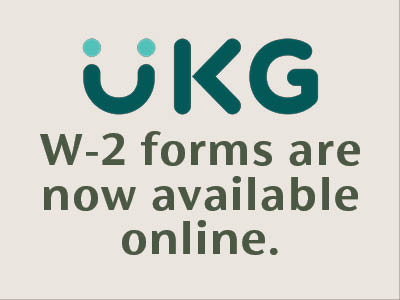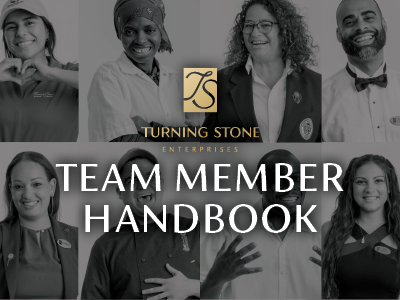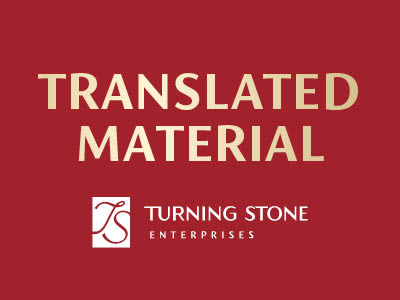Our goal is to provide opportunities for team members to see and hear common Oneida phrases in order to create a desire to learn and speak the Oneida Language.
Contact Information:
| Name | Title | Phone |
|---|---|---|
| Kim Jacobs | Commissioner of Nation Administration | 829-8335 |
| Brenda Hicks | Education Senior Manager | 829-8210 |
| Randy Phillips | Education Assistant Manager/Language Manager | 829-8206 |
| Ray Elm Children and Elders Center, 5000 Skenondoa Way Oneida, NY 13421 • Fax Number (315) 829-8269 | ||
Onyota´a:k2: Writing System
The Alphabet
a e h i k l n o s t u w y 7
Vowels
Onyota´a:k2: has six vowel sounds. Unlike English, each letter stands for only one sound. Here are the letters used and the sounds they represent:
- a – Has the sound of the “a”, as in father
- e – Has the sound of the “e”, as in egg and eight
- i – Has the sound of the “i”, as in ski or machine
- o – Has the sound of the “o”, as in hope or low
- u – Has the sound of the “u”, as in tune*
- 7 – Has the sound of the “on”, as in son*
*Note: These last two vowels are nasalized, which means they are pronounced more through the nose than the usual English sounds.
Consonants
Most of the consonants have the same sound as they usually do in English. This is true for letters “h”, “l”, “n”, “w” and “y”. The letters “t”, “k” and “s” each have 2 pronunciations depending on the other sounds near them.
- t – Normally has the sound of “t” in city, or study. Notice in those words, the “t” sounds more like “d”. If followed by a “k”, “h” or “s”, then the “t” has the usual English sound as in top.
- k – Normally has a “g” like sound as in skill, but if followed by “t”, “s” or “h”, it is pronounced as the “k” in the English word kill.
- s – Often has a sound halfway between the “s” in sea and the “z” like sound of “s” in was. When it comes between two vowels it always has the “z” like sound, and when it comes before or after “h” it has the sound of “s” as in sea.
Special Combinations
- tsy or tsi – Sound like the “j” in jam or judge
- tshy or tshi – Sound like the “ch” in church
- sy – Sounds like the “sh” in shoe or hush
Other symbols used in written Onyota´a:k2:
- ´ (Glottal Stop) – Used to represent a special consonant sound that English doesn’t have. The sound is made by quickly stopping the flow of air in the throat, a kind of catch.
- / (Accent/Stress Mark) – Written above a vowel to indicate the stressed syllable in the word.
- : (Colon) – Used after a vowel to indicate the sound being lengthened or dragged out a bit. Vowels marked with both the colon and the accent/stress mark has a more pronounced tone and a slightly falling tone after it.
- _ (Underline) – Underlined sounds are whispered and not said aloud.
Common Oneida Phrases
| Word/Phase | Oneida |
|---|---|
| “Can I Help You?” | & wa:t6: k8 7kuya’tak3nha’? |
| “Have A Nice Day” | Sahnisliy5hak |
| “Hello” | Shek5lih |
| “See You Again Sometime” | K2nhke ok oy2: 7sku:k8: |
| “Thank You” | Ya:w8 |
| “You’re Welcome” | Nyoh |
| “What is your name?” | N2hte´ yesa:y2ts? |
| “______ is my name” | ______ n4: y6kyats |
| “You will awaken – Spa” | * hsi´ Spa |
| “Peace – Spa” | Sk7:n8: Spa |












